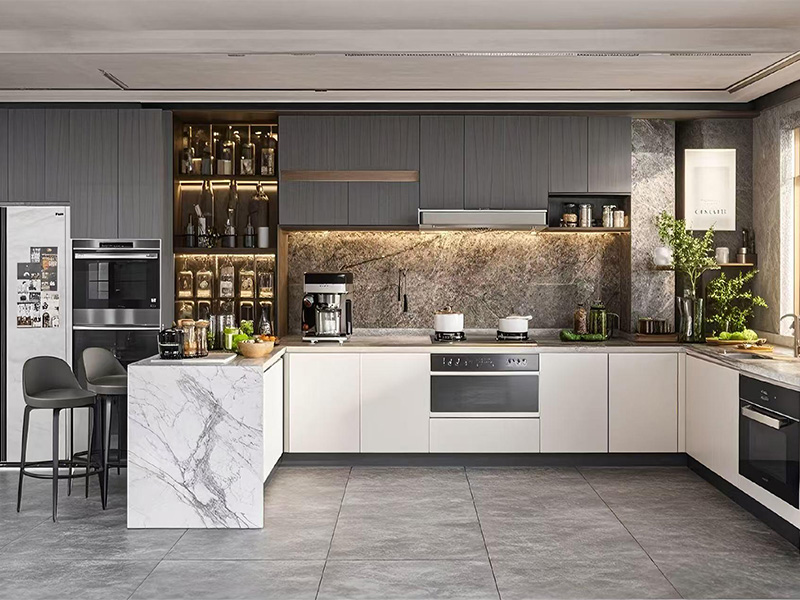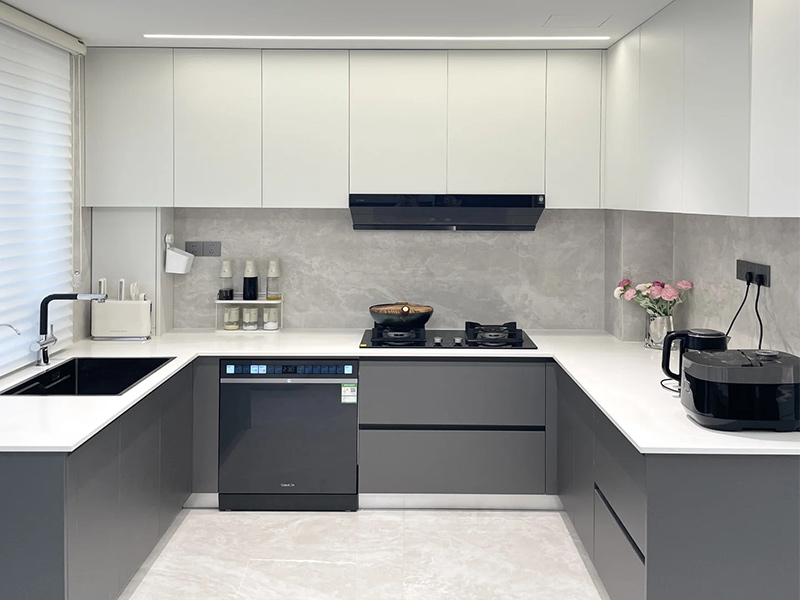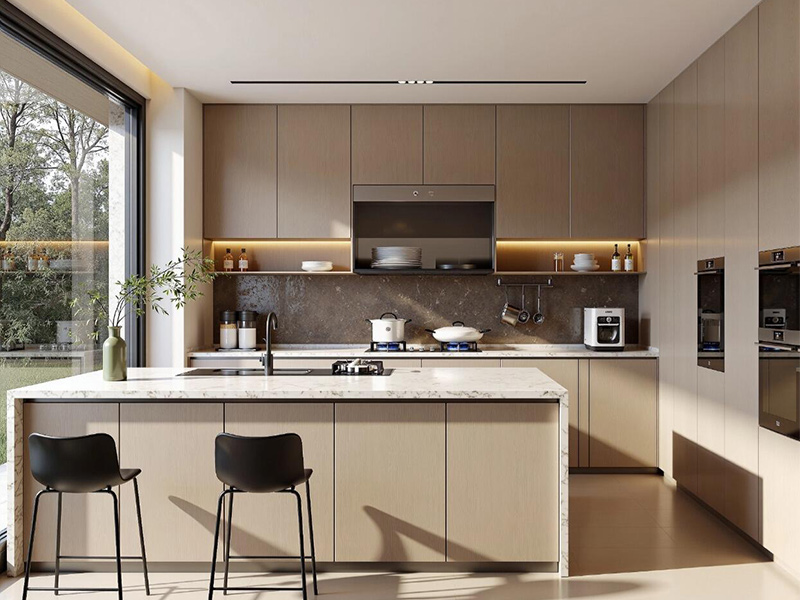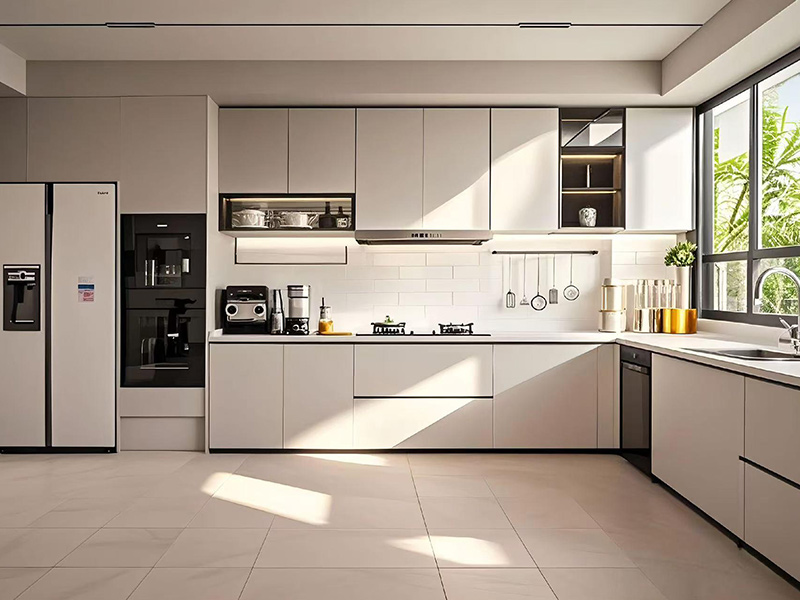No kitchen needs the same cabinet sizes—layout, square footage, and ceiling height matter. Ill-fitting cabinets waste storage or cramp workflow. Follow this condensed guide.ŌĆŗ
Step 1: Measure AccuratelyŌĆŗ
Record room length, width, ceiling height, and obstacles (windows, appliances). Mark the “kitchen triangle” (sink, stove, fridge)—leave 42-48 inches between zones for movement.ŌĆŗ

Step 2: Small Kitchens (Under 150 sq. ft.)ŌĆŗ
Prioritize vertical storage:ŌĆŗ
Base cabinets: 21-inch depth (saves space) vs. standard 24-inch; 34.5-inch height (plus 1.5-inch countertop).ŌĆŗ
Wall cabinets: 12-inch depth (not 15-18); extend to 8-foot ceilings. Use 12-18-inch widths.ŌĆŗ
Add 6-9-inch pull-out spice pantries.ŌĆŗ

Step 3: Medium Kitchens (150-300 sq. ft.)ŌĆŗ
Balance storage and space:ŌĆŗ
Base cabinets: 24-inch depth; mix 12-30-inch widths. Add 36-inch pot drawers or 24-inch trash pull-outs.ŌĆŗ
Wall cabinets: 15-18-inch depth; 42-inch height for 9-foot ceilings. Over-fridge: 24-30-inch width, 12-15-inch depth.ŌĆŗ
Islands (36-inch clearance): 4-foot length (2x24-inch bases) with 12-inch overhang.ŌĆŗ

Step 4: Large Kitchens (Over 300 sq. ft.)ŌĆŗ
Leverage space:ŌĆŗ
Base cabinets: 36-48-inch widths; 24-30-inch lazy Susans. 36-inch height for luxury.ŌĆŗ
Wall cabinets: 18-24-inch depth; two tiers (lower 30-42-inch, upper 12-18-inch) for 10-foot ceilings.ŌĆŗ
Add 84-96-inch tall pantries or 12-15-inch oven-side towers. Use 24-30-inch glass-front cabinets.
ŌĆŗ
Final TipsŌĆŗ
Leave 30 inches above cooktops, 15 inches between counter and wall cabinets.ŌĆŗ
Customize for sloped ceilings/gaps.ŌĆŗ
Test with painter’s tape to check flow.ŌĆŗ
Tailor sizes to your space for a functional, beautiful kitchen.
YALIG has over 20 years of experience in kitchen cabinet design and production, with professional designers and two workshops. Welcome your inquiries.